From seafood trader to global technology powerhouse - a glimpse at Samsung’s history

Hello everyone and welcome to our new article series that will go over the history of some of the mobile industry's leading companies. We are starting with the current largest player in the game, but other makers will be coming over the following weeks.
Samsung may be one of the world's biggest technology conglomerates today, but the company’s business activities were not even remotely associated with technology when it was founded. In this write-up, we take a look at the company’s journey from a humble beginning to becoming a global technology powerhouse.
Fish trader
Samsung - which means three stars in Korean - was founded back in 1938 by Byung-Chull Lee as Samsung Sanghoe. It started as a company based in Daegu (Korea) that exported dried local fish, vegetables, and fruit to Manchuria and Beijing.

Lee started the business with 30,000 won, which is equivalent to today’s $25. The company quickly expanded, having its own flour mills and confectionery machines, as well as its own manufacturing and sales operations in just over a decade. In 1951, Lee established Samsung Moolsan (now Samsung Corporation).
Business expansion
Then, in the next couple of decades, many other subsidiaries were born, including Samsung Fire & Marine Insurance, Samsung Life Insurance, and Samsung Everland. But it was 1969 when Samsung-Sanyo Electronics (which later became Samsung Electronics we know today) was established.

The subsidiary’s first product was a black-and-white TV (model: P-3202), whose production started in 1970. It went on sale in Korea a couple of years later.

By 1976, the company had produced its 1 millionth black-and-white TV. That number quadrupled in the next couple of years, which at that time was by far the most by any company in the world. Samsung Electronics also started producing color TVs, washing machines, refrigerators, and microwave ovens, as well as began exporting its products for the first time in 1970s. The decade also saw Samsung acquiring a majority stake in Korea Semiconductor, which was later renamed Samsung Semiconductor.
First phone
During the 1980s, Samsung Electronics achieved various milestones, including venturing into AC production, producing its 20 millionth colour TV, and exporting microwave ovens and VCRs to Canada and the US, respectively. In 1985, the subsidiary built its first ever phone, dubbed SC-1000, although it was made for in-car use only.
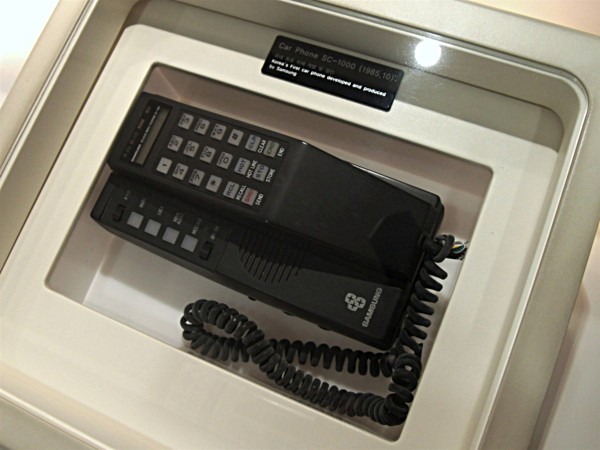
The device was reportedly plagued by quality issues, and hence wasn’t successful. However, that did not stop the company from producing its first hand-held phone - the SH-100, which went on sale in the year 1988. Sadly, this handset wasn’t successful either.

This was also the decade when the subsidiary started producing personal computers (PCs), and developed the world’s smallest, lightest 4mm video tape recorder. Some new subsidiaries, including Samsung BP Chemicals, Samsung Semiconductor & Telecommunications, Samsung Advanced Institute of Technology, and Samsung Data Systems were also established in these years.
End of an era
Unfortunately, the decade also marked the end of an era for Samsung, as founder Lee died of lung cancer in 1987. Given the fact that Samsung was - and still is - a chaebol (a Korean term for clan-owned business), it was obvious that his successor would be someone from his own family. While Lee had three sons, he reportedly wanted his eldest daughter Lee In-hee to succeed him. However, that didn’t happen as one apparently needs to be a male to head the company.
A few weeks after his death, Lee’s youngest son Kun-hee became the Samsung Group’s second chairman. The reason senior Lee didn’t choose any of the elder sons was because he felt that they were “unfit for executive positions.”
Frankfurt Declaration and the famous bonfire
Samsung had come a long way from where it began, and was still going strong - the early 1990’s saw the Electronics division developing world’s first 64M DRAM as well as the first-ever digital video disk recorder (DVD-R). However, the quality of products that the subsidiary was producing was not up to the mark.
In 1993, chairman Kun-hee went on a world tour to see how the company was faring internationally, only to find out that most of its products - especially TVs - were performing poorly compared to those by rival companies like Sony and Panasonic. Obviously, he wasn’t happy.
While in Frankfurt, Germany, he summoned around 200 Samsung executives to the Falkenstein Grand Kempinski Hotel, where he was staying. And what did he do? He delivered a three-day long speech, detailing his vision for the company’s future and the steps needed to make it a reality.

The intensity of his speech can be judged from one of the popular quotes in which he said, “change everything but your wife and children.” The event became known, formally, as the Frankfurt Declaration of 1993
Soon thereafter, the subsidiary completed development of world’s first 256M DRAM as well as introduced world’s first 33” double-screen TV. Just when it started to appear that the speech has turned out to be a game-changer for Samsung, quality of products began slipping again. And then, something unprecedented happened.
In 1995, Kun-hee sent out the company’s new wireless phones as New Year’s gift to family, friends, and some close business associates, only to find out that the devices didn’t work the way they were supposed to. Embarrassed with the development and upset over the poor quality of products, he visited Samsung’s largest plant located in Gumi (Korea).
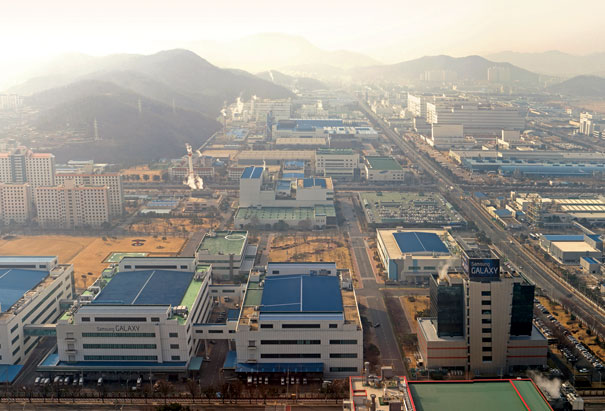
There he first asked all employees to wear headbands that said Quality First, and then ordered around 150,000 gadgets, including phones, fax machines, and TVs to be burned in front of them. Hardware worth around $50 million was reduced to ashes in a single day. This was followed by installation of a new CEO for Samsung Electronics in 1996, the year in which the subsidiary developed world’s fastest CPU, the Alpha chip.
Focus on phones
The Asian financial crisis of 1997 affected nearly all Korean businesses. However, Samsung was one of the very few companies that not only weathered the storm but also managed to grow - it achieved top share of world’s TFT-LCD market in 1998. By this time, Samsung had also started taking mobile more seriously - the company released one of its first Internet-ready phones, the SCH-3500, in 1999.
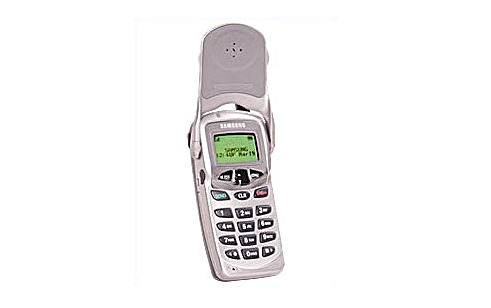
And then the early 2000’s saw the company launching a PDA (Personal Digital Assistant) phone, industry’s first ultra-thin handset, and 16 Chord Progression Melody Phone (shown below).

A new high-definition TFT-LCD colour cellular phone as well as one with the UFB-LCD concept was also released during this period. Some of Samsung’s other achievements during the early 2000’s include world’s first 40 inch TFT-LCD, world's slimmest PDP-TV, world’s first 46” LCD TV, and 54”TFT-LCD - the largest digital TV monitor in the world. Samsung was also ranked the No. 1 IT company by Business Week, and 5th most admired electronics company by Fortune Magazine.
In 2005, Samsung developed world’s first speech recognition phone, dubbed p207 (shown below).

This was followed by the world’s first 7MP camera phone in the same year, and a 10MP phone the very next year. In 2007, the company’s BlackJack (shown below) was given the Best Smart Phone award at CTIA in the US.

In the year 2008, the South Korean company first claimed the top spot in the US cellphone market. Incidentally, this was also the year when the Windows Mobile 6.1 Professional-based Omnia phone was launched.

Other milestones Samsung Electronics achieved in this decade include the world’s first OLED for 40" TV, the largest Flexible LCD Panel, the world's’ first Blu-Ray Disc Player, the world’s first real double-sided LCD, the world’s thinnest Blu-ray player, and the world’s thinnest TV (6.5mm). The company also announced its own open mobile platform dubbed Bada in 2009.
Android phones
Samsung's first Android phone - the i7500 (also known as the Samsung Galaxy) - was released in 2009. It was powered by a Qualcomm MSM7200A SoC with 528 MHz ARM 11 CPU and Adreno 130 GPU. It had a 3.2-inch display and was the first Android-powered device to come with a 5 megapixel camera.

This was followed by the Galaxy S, which came out an year later with Hummingbird chipset (1 GHz Cortex-A8 processor and PowerVR SGX540 GPU), 4-inch Super AMOLED display, and 5MP camera. The device was Samsung’s first step into the US smartphone market. It turned out to be a well received handset.

Samsung upped the screen-size, processor power, and other specs in the Galaxy S2, which was released in 2011. It wouldn’t be wrong to say that the device established the company as a serious contender among other established smartphone players, like Apple. The handset received rave reviews and was also given the Smartphone of the Year award at Mobile World Congress’ Global Mobile Awards in 2012.

The trend continued with the oval-shaped Galaxy S3, which brought along a new design and powerful quad-core processor. It turned out to be a hugely successful smartphone for Samsung, both critically and commercially, with the company selling over 10 million units in less than a quarter. It was also labelled as an "iPhone killer” when it overtook the iPhone 4S to become the world's best-selling smartphone in Q3, 2012.

Released in 2013, the Galaxy S4 sported a 5.0-inch, 1080p Super AMOLED display, was powered by an Exynos 5 Octa 5410 SoC, and featured a 13MP rear camera. The device was so successful that it became the company’s fastest selling smartphone, as well as the fastest selling Android phone of all time.

Unfortunately, the Galaxy S5 failed to replicate the success of its predecessor - the first quarter sales reportedly lagged by as much as 40% against what was expected. The flop-show was largely attributed to the handset’s unimpressive hardware, with the Wall Street Journal even calling the back of the phone a "Band-Aid". Samsung also fired three of its senior executives over the device’s failure.

This brings us to the present year, when the tech giant made a hell of a comeback with its Galaxy S6/S6 edge flagship duo. Both devices have arguably been hugely successful.

Other products
While the Galaxy S series has been a highlight of Samsung’s smartphone line-up, the company has also launched many other smartphones that deserve a mention. For example, in 2010, it launched the Nexus S, which was co-developed by Google. The company’s Galaxy Note series has also been hugely popular among users.
Besides smartphones, Samsung also develops tablets, smartwatches, and smartbands. It’s also into mobile operating systems - while Bada may be dead, the Tizen-based Z1 smartphone has been a commercial hit in the markets where it is currently available. The company has also developed its own mobile payments service, dubbed Samsung Pay, and is expected to unveil it this month.
Conclusion
Samsung’s is truly a rags-to-riches story, from a small, non-tech company to one that makes all kinds of products you could imagine - it even has a subsidiary called Samsung Techwin that makes tanks and jet engines, with countries like Poland, Turkey, and South Korea as its customers.
References : Samsung 1 2 | TechCrunch | NYTimes | AndroidAuthority | Bloomberg | Business Insider | Omgfacts
Image sources: Samsung Village | Phone Arena | Bashny | Korea Herald | Engadget | Mobilemag
Reader comments
- AnonD-430246
- 16 Aug 2015
- 7X1
Great article. For those who live outside US like me, you can access Netflix, Hulu and similar media stations on your Samsung Blu Ray by using UnoTelly or similar tools.
- Anonymous
- 15 Aug 2015
- veU
He was retired from the title
- Anonymous
- 12 Aug 2015
- RIE
Gsmarena is still viewable in China except that video content cannot be played.




 Samsung
Samsung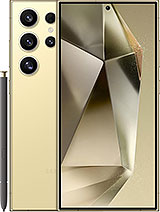 Samsung
Samsung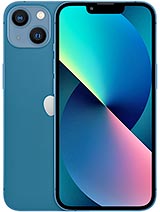 Apple
Apple Apple
Apple


